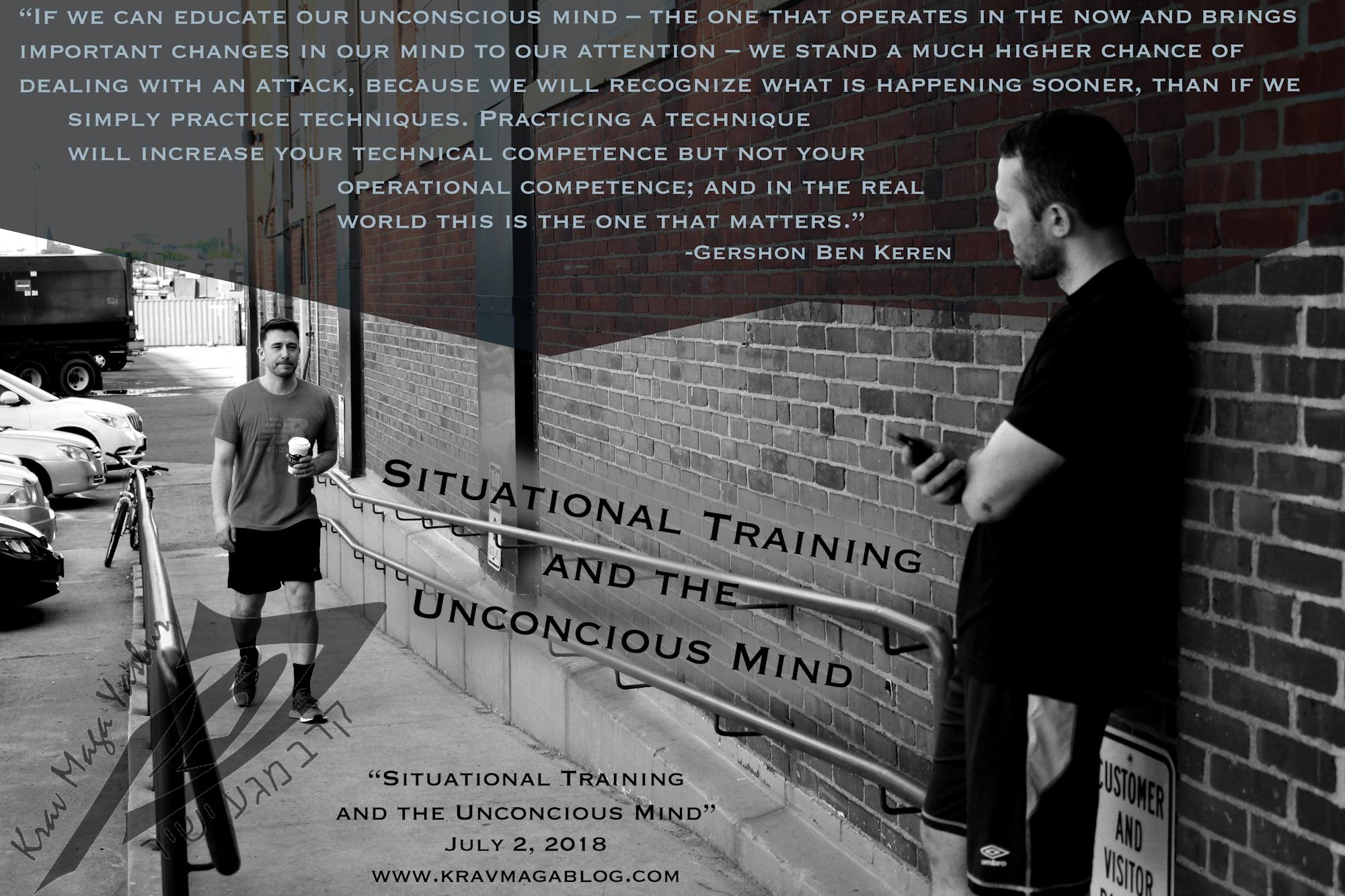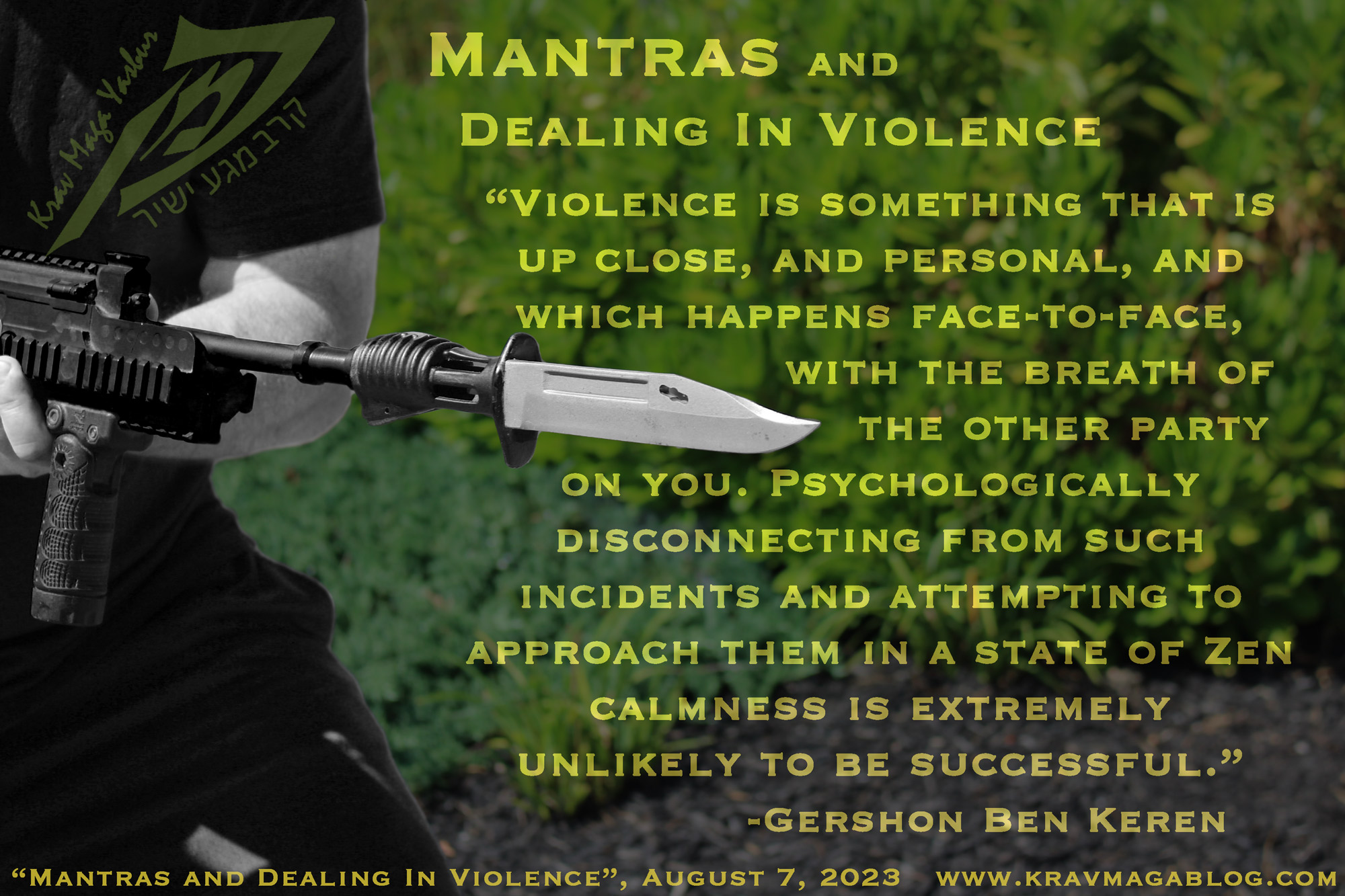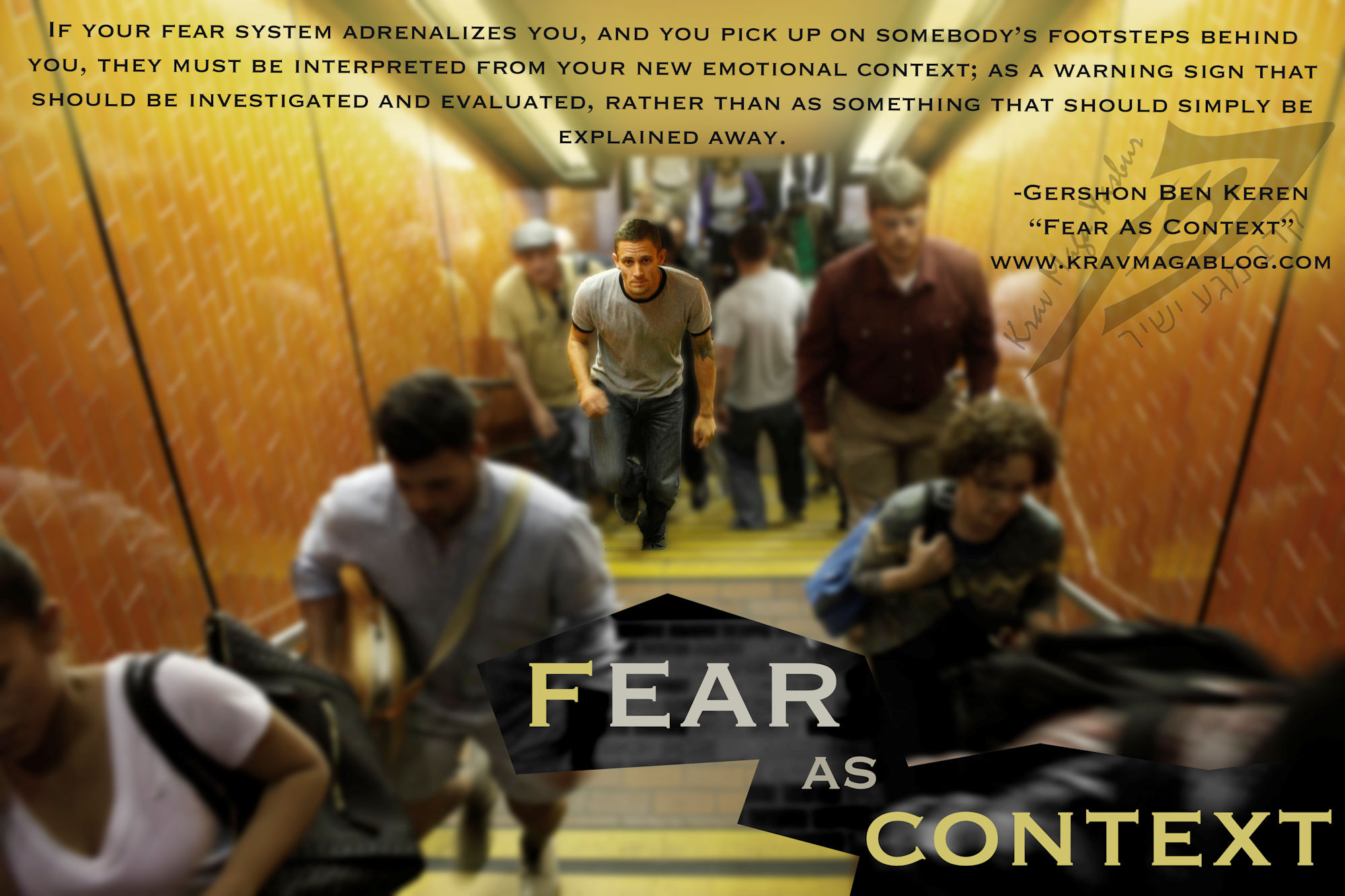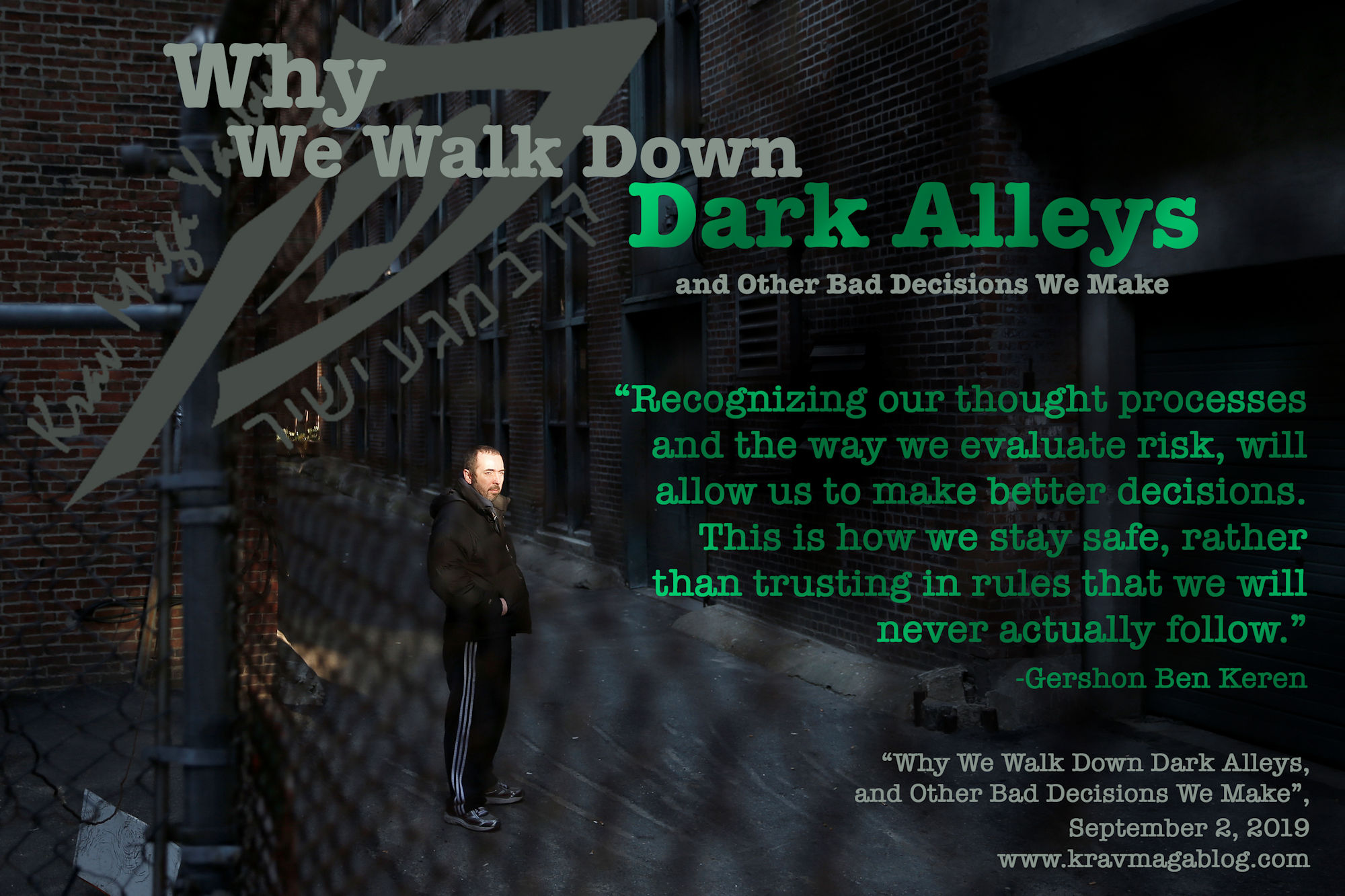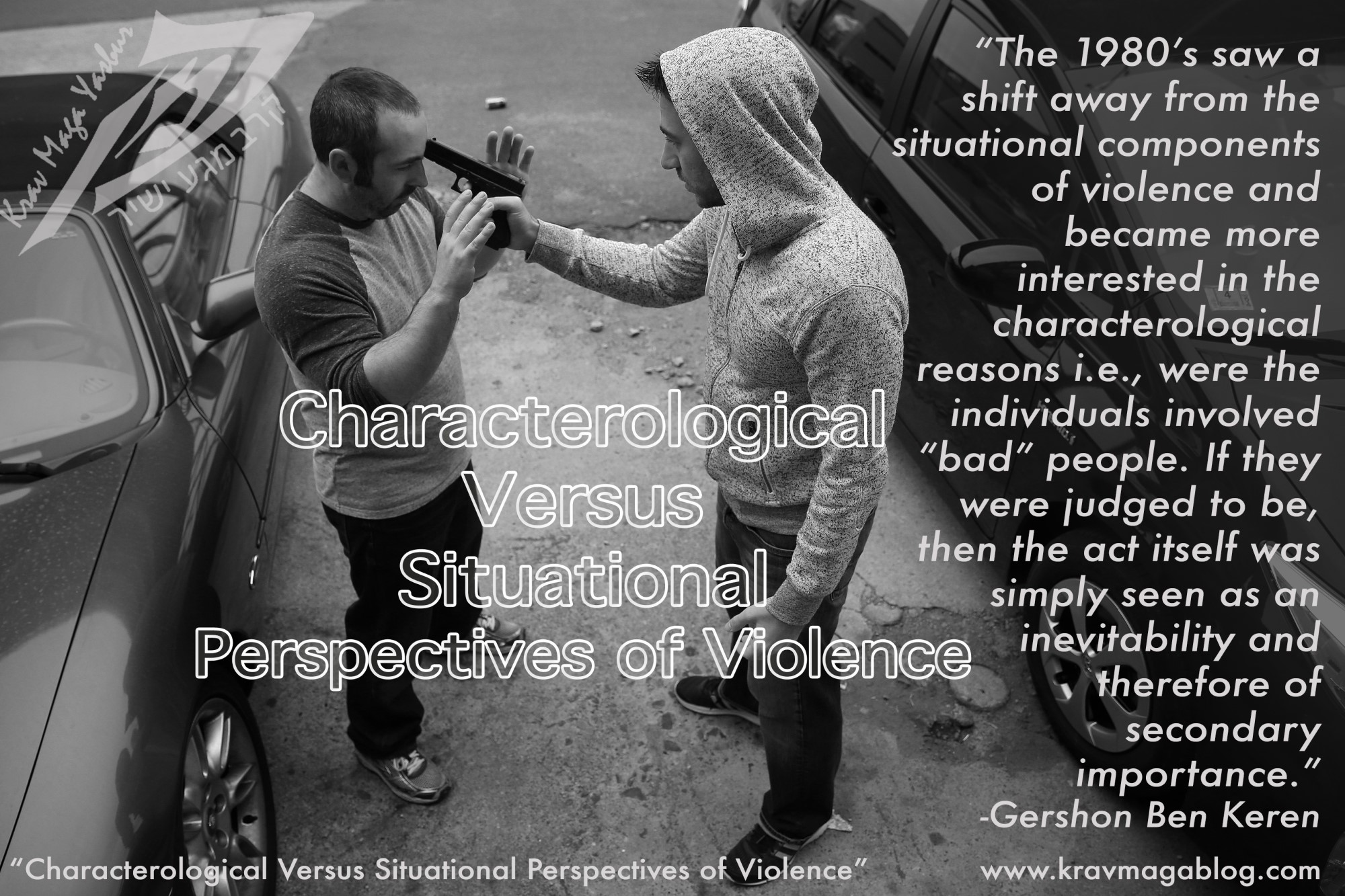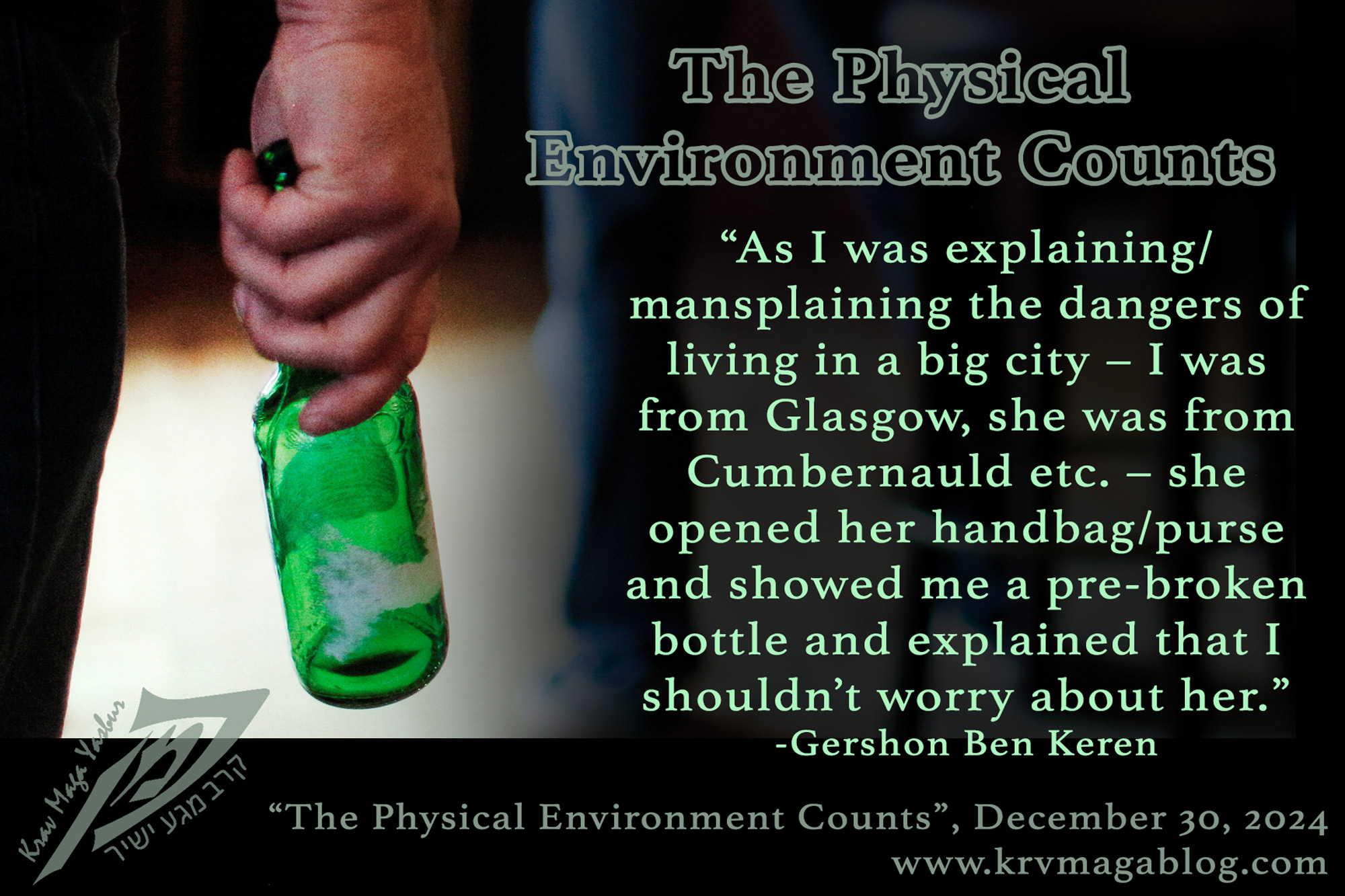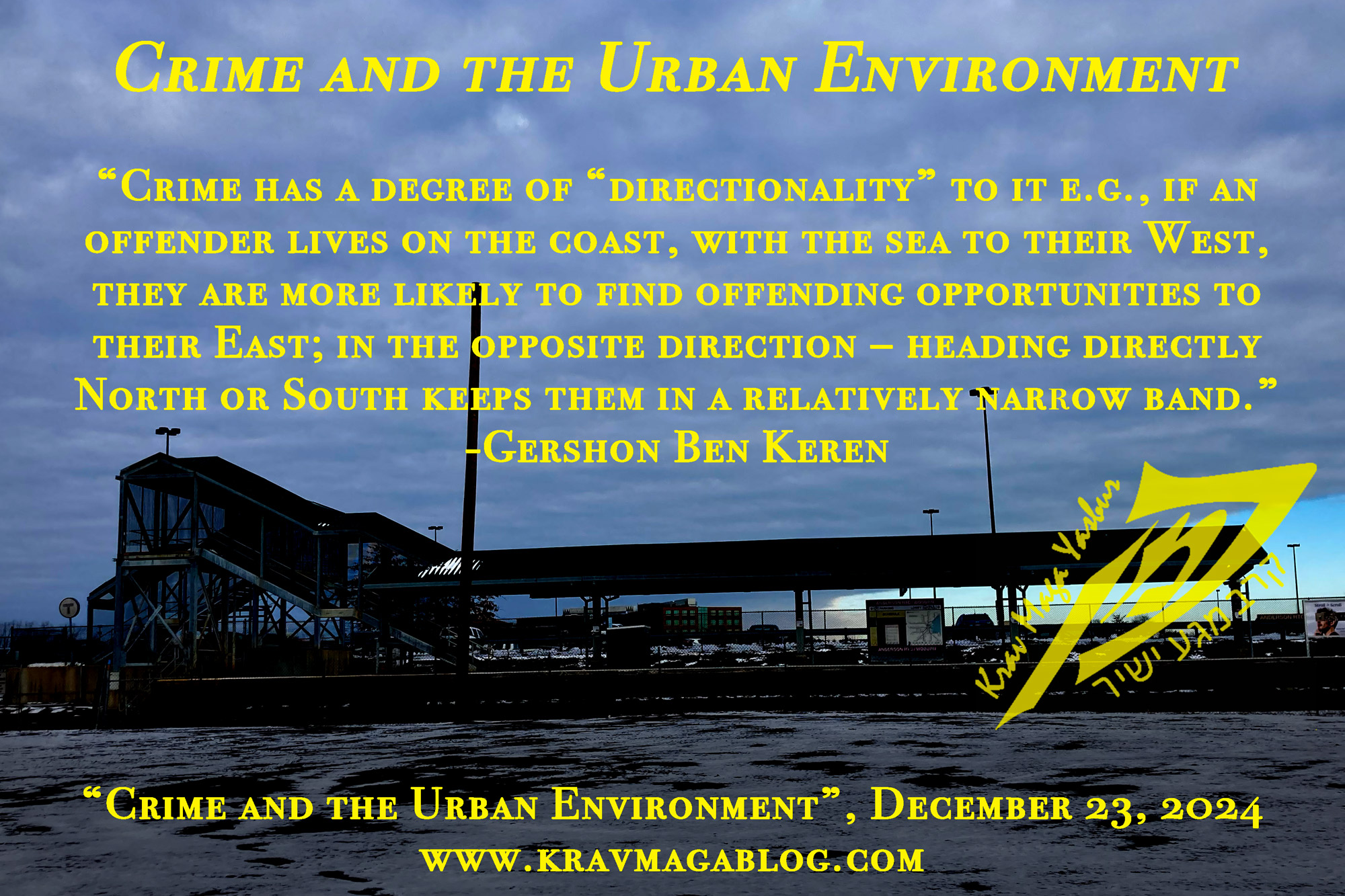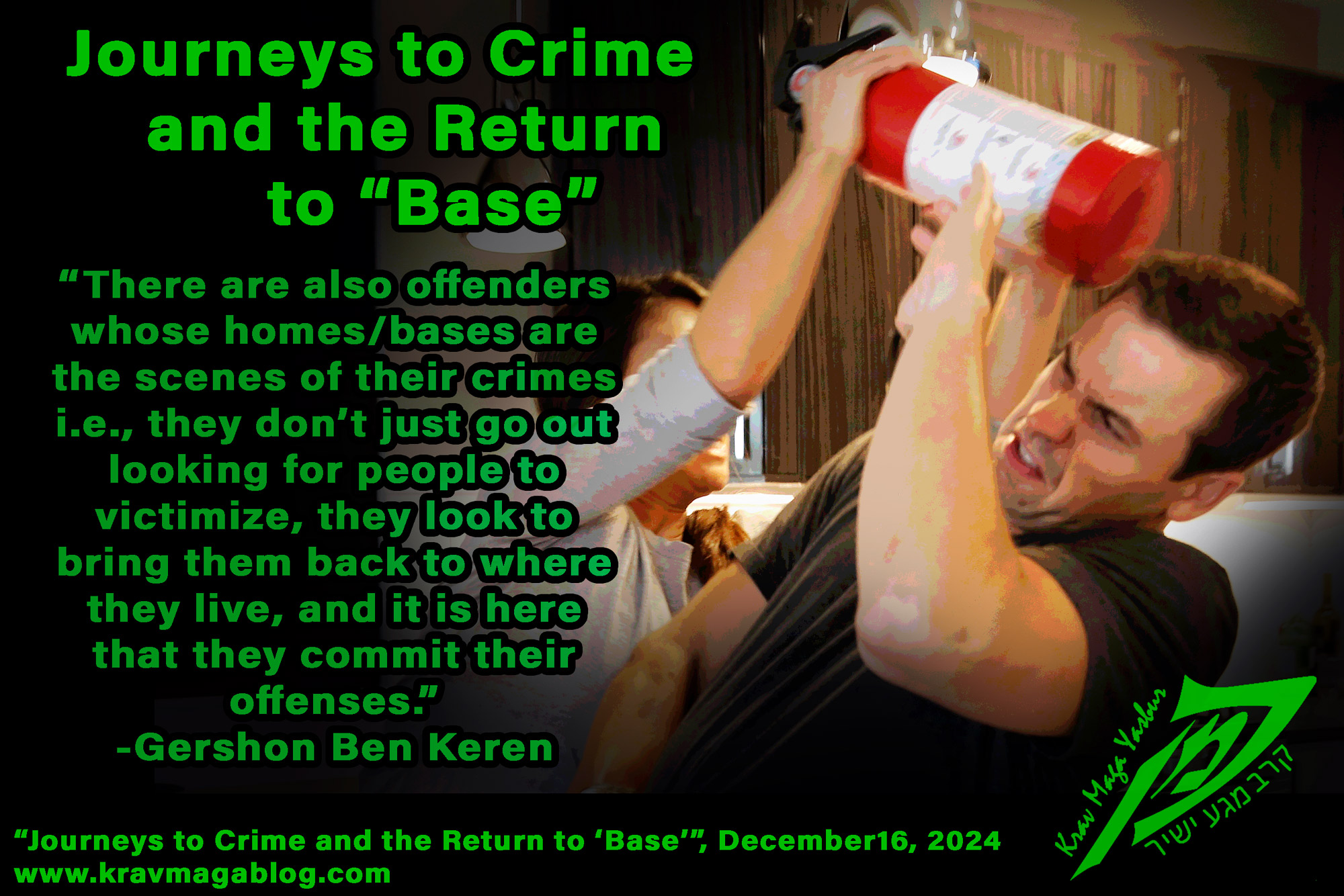Characterological Versus Situational Perspectives of Violence, is an article written by Gershon Ben Keren, a 5th Degree Black Belt in Krav Maga, who teaches Krav Maga in Boston, MA. He has also authored three Amazon best-Selling Books on Krav Maga.
Whilst I was doing my master’s in criminology, one of my professors/lecturers asked me if I remembered the 1980’s. When I said I did, he sighed, and said, “it was a bleak and rough time for crime”, which looking back, was pretty much the case. The 1980’s saw both a rise in “street crime”, and drug use; the two often being related. In the UK, we had a heroin “epidemic”, whilst in the US, it was crack cocaine. It’s interesting to note that the results of almost all crime surveys, show that members of the public never feel that criminals, and especially violent criminals, are given harsh enough sentences, which people mistakenly feel is something that deters offenders from acting. Both countries responded with harsher sentencing measures for criminals, however the US, also made some “conceptual” and “philosophical” changes to how offenders and offenses were seen, that not only resulted in much higher rates of incarceration but also had far-reaching implications for those who claimed self-defense to justify their actions. If you are a student of reality-based self-defense and are training so that you can deal with real world violence, as opposed to engaging in combat sports or martial arts for other reasons, it is important to understand how the criminal justice system (CJS) might view you; as someone who has admitted to committing – albeit justified – violence against another person(s). Whilst the law itself may be sympathetic to you and your claim, the attitude of those involved in the CJS may not. In this article, I want to take a brief look at how some of the principles regarding violent crime in the US changed during the 1980’s and what this may mean.
We have a certain confirmation bias which basically says that when we make a mistake its due to external factors and reasons, however if somebody else makes a mistake or does something wrong etc., its due to internal reasons, such as a flaw in their character e.g., if we cut somebody off in traffic, it’s because the person left too much space between themselves and the other car, and that’s the “law” of driving etc., however if somebody else cuts us off, it’s because they’re a disrespectful, selfish and self-centered individual. Before the 1980’s, crime was largely seen as being situational, with the focus being on the crime – the act – rather than the criminal – the individual. The premise being that most violent acts occurred because of what happened in the moment, rather than because an offender was inherently violent. Obviously, there are those individuals out there who enjoy violence and create/orchestrate violent events, however this isn’t the case for most offenders; and that includes those who may commit violent offenses e.g., a drug dealer may shoot another who is trying to steal their supply, not because they are looking to shoot somebody but because of the situation they were in. This doesn’t mean that they weren’t predisposed to use violence, or weren’t actively involved in a violent culture etc. However, to end the analysis here is to ignore the importance of the act itself, and the situational factors that may have contributed to it, such as the other person drawing a weapon first – even those engaged in criminal activities have a right to justify their actions and claim self-defense. The 1980’s saw a shift away from the situational components of violence and became more interested in the characterological reasons i.e., were the individuals involved “bad” people. If they were judged to be, then the act itself was simply seen as an inevitability and therefore of secondary importance.
The idea behind this shift – from the crime itself, to the criminal committing it – was to identify, and apply harsher sentencing, to violent “career” criminals; those who had been convicted of three violent offenses (the three-strike rule, that added another 15 years to whatever sentence they received for the particular offense they were being prosecuted/tried for). However, there was no clear definition of what constituted a violent crime. For instance, a Homicide due to drunk driving, was not considered a violent crime, because there wasn’t an intent on the part of the driver to cause harm, however a car chase involving law-enforcement was deemed a violent act, as there was the potential for it to end in a violent confrontation. This idea of what could happen, and what could lead to violence, meant that burglary came to be viewed as a violent crime, as there was the potential for the homeowner to come into contact with those who’d broken into their house, which could lead to a violent incident – even though these types of interaction are extremely rare, as most burglars do everything they can to avoid having to deal and interact with property owners (which is why most residential burglaries happen during the day when people are out at work etc). It would seem that defining what was a violent act would be obvious and self-evident i.e., it should be one where violence had occurred, however this was not the case. The ownership – not just the use – of an illegal weapon could also be construed as a violent act. The intention of the three-strike rule was clear, however because the definition of what constituted a violent act was unclear, and open to speculation, somebody who’d had a couple of relatively minor incidents in their past could be viewed as a career criminal.
Whilst we may believe that the Criminal Justice System is there to deal with bad people on our behalf, we should be aware of how we might be viewed by it, should we ever find ourselves having to interact with it. This is why it is so important that we seek legal representation when we find ourselves having to claim that we acted in self-defense, and before we make a statement, as attempting to navigate it on our own, or assuming that it by default has our best interests at heart is somewhat naive. This is not to suggest that the system or those who work in it are corrupt, but rather that it consists of many layers – and histories - that we may not be aware of.
0 COMMENTS